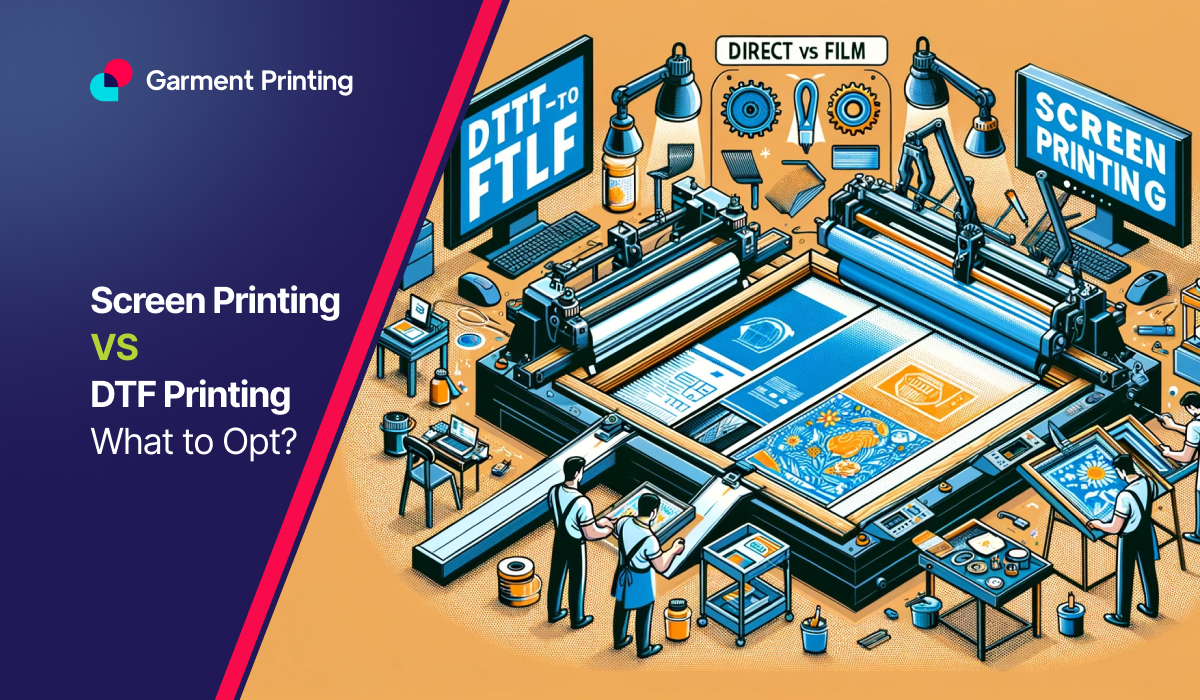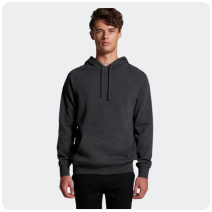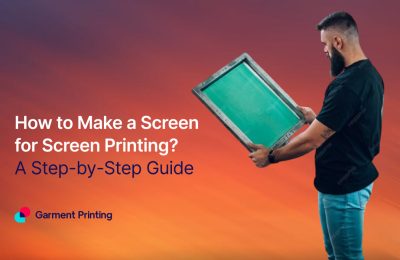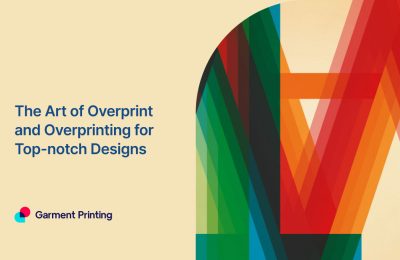|
Getting your Trinity Audio player ready...
|
Wondering about the mystery of understanding the key differences of both printing techniques?
In the ever-evolving realm of garment printing, two titans – Screen Printing and Direct to Film (DTF) – vie for dominance, each with its own arsenal of techniques and outcomes.
But in the clash of these printing powerhouses, what truly sets them apart?
How do they shape the future of garment customisation?
How can you navigate the maze of options to find the perfect fit for your needs?
Well! Hold on a second…
We are here to answers all of your queries regarding dtf vs screen printing.
All you have to do is to just keep reading and let us know how it helps you understand the both custom printing methods.
Wait… we got a plus point – bring your design or art and let us give you the example of screen printing and dtf printing. Experience the expertise!
If you are confused about choosing apparel. Fret Not….. Click the Link Below:
The Art of Screen Printing

What is Screen Printing?
The screen-printing process is the more traditional and classic style of pushing ink through a woven mesh stencil and onto fabric. Each colour of ink requires a separate screen, so this method usually works best for designs with very few colours.
How the designs are made to travel to the special transfer paper by the use of screen-printing techniques. A heat press machine is applied on the transfer paper attaching it on the clothes and enabling it to paste the paper on the garment using a high temperature.
Pros of Screen Printing
-
- Known for producing vibrant, long-lasting prints that endure repeated washing.
- Ideal for large quantities due to the setup involved.
- Offers a unique hand feel where you can feel the ink on the fabric.
Cons of Screen Printing
-
- Due to the setup required, it’s less economical for smaller runs.
- Best suited for designs with fewer colors.
- Each color needs a separate screen, increasing the complexity for multi-coloured designs.
The Rise of DTF Printing

What is DTF?
DTF printing is a new printing technique where printing is directly set on the special film by garment decoration and then transferred onto a piece of garment with heat press. These can give ease in designing and providing colorful printability and are usually very popular with garment decorators.
In this process, the DTF begins with digital printing of the design on special film with the DTF printer and ink. Carefully set and adjusted when printed, the film is to be stuck to the garment using indigenous heat-sensitive adhesive. In this way, by applying heat and pressure to the garment with the attached film, heat transfers the ink onto the fabric.
In the Direct to Film printing technology, a design goes straight away to a special film and then to the fabric by means of a heat press.
Pros of DTF Printing
-
- Works on a variety of fabrics like cotton, polyester, a blends.
- Cost-effective for short runs as it doesn’t require a setup for each color.
- Capable of handling complex, multi-colored designs with ease.
Cons of DTF Printing
-
- Requires specific printers and materials which can be a substantial initial investment.
- The surface texture on the print can be a very unique feel; something screen printing just can’t obtain.
Comparing the Techniques
| Comparing the Techniques | DTF Printing | Screen Print Transfers |
|---|---|---|
| Printing Proces | Involves printing designs directly onto a film material. | Involves printing designs onto transfer paper using screen printing techniques. |
| Simplified digital printing process with minimal setup. | Traditional screen printing method requiring complex stencil creation. | |
| Color Reproduction | Enables precise colour reproduction and intricate details. | Offers vibrant prints with excellent colour retention. |
| Advanced technology allows for accurate color matching. | Specialised inks and techniques ensure vivid and lasting colors. | |
| Setup Time | Requires minimal setup, ideal for quick turnaround times. | Involves complex stencil creation, leading to longer setup times. |
| Digital process eliminates the need for manual stencil preparation. | Extensive setup may not be suitable for small batch orders. | |
| Cost-Effectiveness | Economical for smaller orders and designs with multiple colors. | Cost-effective for large volume orders due to efficiency in mass production. |
| Reduced setup time and labor costs contribute to overall savings. | Setup costs may be higher but offset by lower per-unit costs for large orders. | |
| Offers competitive pricing for custom and on-demand printing. | Economies of scale make it favorable for high-volume printing. | |
| Production Process | Traditional method with complex stencil creation. | Digital printing with simpler setup and operations. |
| Printing Effect | Special printing effects like luminous, fluorescent, glitter, crackle and foam. | Developing technology with emerging possibilities for special effects. |
| Applicability | Widely used in various industries such as fabrics, packaging, logos & advertising. | Mainly used in apparel production for various fabric materials. |
DTF vs Screen Print Transfers
Comparison of Best Use Cases: DTF vs. Screen Print Transfer
| DTF | Screen Print Transfer |
|---|---|
| Custom apparel | Apparel branding |
| Enables creation of personalised garments with vibrant colors and intricate designs, suitable for custom apparel businesses. | Widely used for branding garments like t-shirts, hoodies, and jerseys, offering durability and color vibrancy. |
| Promotional products | Team uniforms |
| Used to customise promotional items such as bags, hats, and accessories, offering branding opportunities for businesses. | Popular for customising team uniforms and sports apparel, providing vibrant and durable prints for rigorous use. |
| Fashion and merchandise | Event merchandise |
| Allows fashion designers and merchandise creators to bring designs to life with detailed prints on garments. | Utilised for creating custom merchandise for events like concerts, festivals, and fundraisers, offering branding opportunities and promotional value. |
| Interior decor | Corporate branding |
| DTF printing can be applied to fabrics for interior decor such as pillows, curtains, and upholstery, offering customised design options. | Screen print transfers are ideal for corporate branding on uniforms, office supplies, and promotional materials, ensuring consistent branding across various mediums. |
| Accessories | Product packaging |
| Ideal for customising accessories like hats, bags, and footwear, allowing for unique designs and branding opportunities. | Screen print transfers are used for product packaging, adding logos, labels, and decorative elements to enhance brand recognition and product appeal. |
| Special events | Merchandising |
| DTF printing can create customised apparel and accessories for special events like weddings, parties, and concerts, offering personalisloed keepsakes and memorabilia. | Screen print transfers are employed for merchandising purposes, creating branded merchandise for retail sale, giveaways, and promotional events, increasing brand visibility and customer engagement. |
Our Custom Printing Business Solutions!
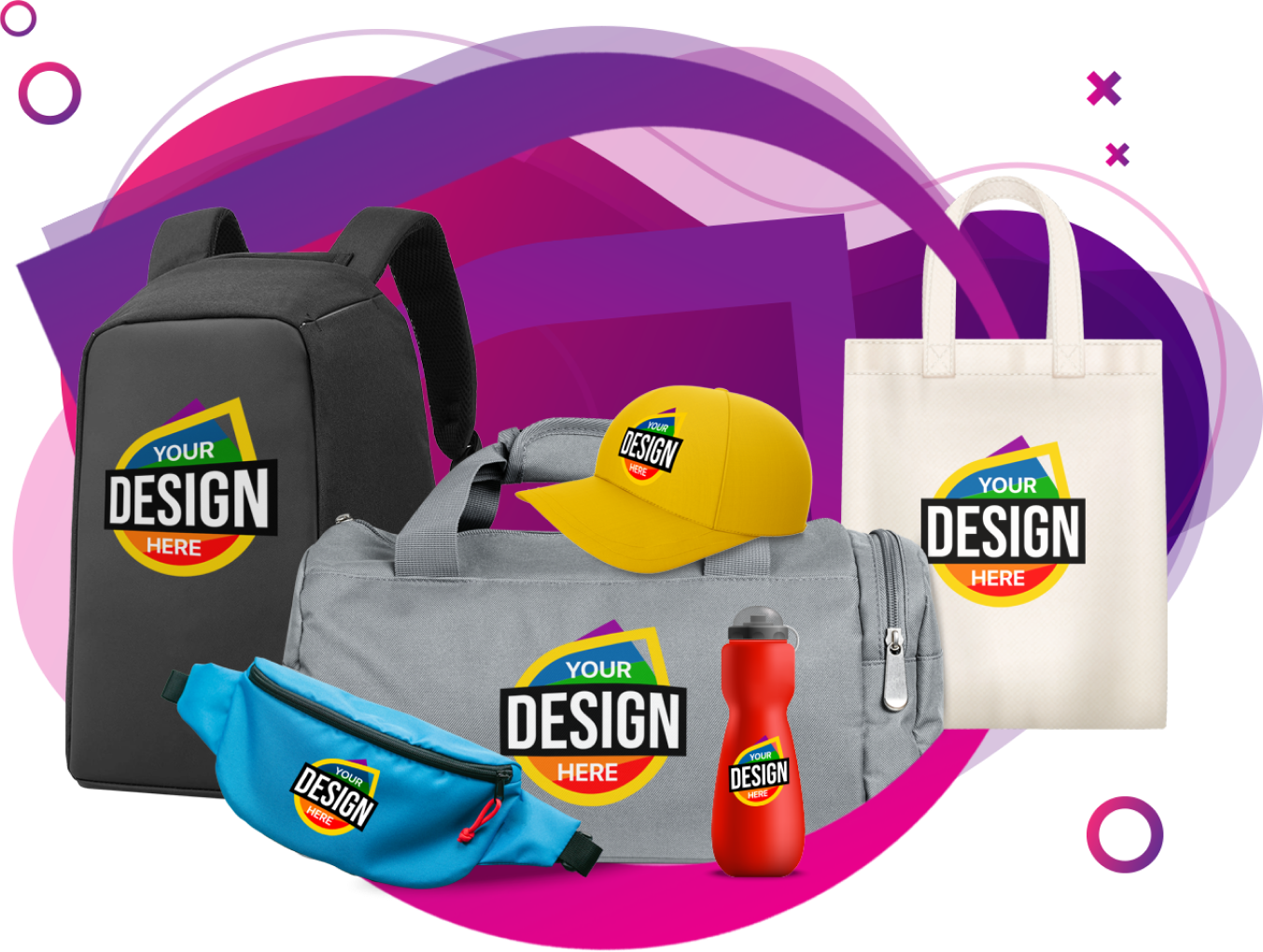
Conclusion
Choosing the Right Technique for Your Needs…
Both DTF and Screen Print Transfers are going to be quite handy print methods to append with a few other unique benefits and applications. While on the other hand, DTF is highly versatile, better in terms of colour reproduction, and easier with its setup; in Screen Print Transfers, the durability is very high for a slightly lesser price, large volume orders, and there is huge vivid in colour.
The key determinant here would be to weigh this balance between screen printing and DTF over your specifics of need: quantities of orders, design complexities, fabric kinds, and touch preferences. Screen printing would be an even more perfect process for such overtly huge orders with simpler designs on natural fibers. Smaller orders with more detail and colour-heavy designs on a range of fabrics could fit the mold for DTF.
Actually, it’s screen printing or DTF. Understanding such nuances should allow you to have an edge in choosing the right method in your print job, ensuring an optimum outcome for your designs.
Last but not least have a visual glimpse of both techniques:
FAQs
Can DTF printing last as long as screen printing?
DTF prints can last for years with proper care, comparable to screen printing.
Is screen print better quality than DTF?
Screen printing traditionally offers superior durability and colour vibrancy, but DTF technology has evolved to provide comparable quality, especially for intricate designs and vibrant colours.
What is better quality: screen printing or DTG?
Both screen printing and DTG have their strengths in quality. Screen printing excels in durability and colour vibrancy, while DTG offers soft, detailed prints suitable for intricate designs.
How hard is it to maintain a DTF printer?
Maintaining a DTF printer requires regular upkeep, including cleaning printheads and replacing ink cartridges. While it may require technical knowledge, proper maintenance ensures smooth operation and consistent print quality.
Do screen print transfers crack?
Properly applied screen print transfers can withstand wear without cracking but factors like application technique and material quality influence durability.
Is DTF cheaper than screen printing?
DTF printing can be cost-effective for smaller orders and designs with multiple colours due to reduced setup time and labour costs.
What type of t-shirt printing lasts the longest?
Both DTF and screen printing offer lasting results with durability influenced by factors such as fabric type, washability, and proper care.
How long does a DTF print last on a shirt?
DTF prints can last years with proper care, comparable to screen printing.
Does DTG feel like screen printing?
DTG prints typically have a softer feel than traditional screen printing, making them suitable for designs requiring a lightweight feel on garments.
Picture Credit: ChatGPT, Shutterstock
Suggested Reads:
-

Meet Lisa John, a dynamic Content Manager and Marketing Professional at Garment Printing Group. With three years of industry experience, Lisa excels in crafting compelling narratives that not only illuminate the vibrant world of garment printing but also drive engagement and growth.
View all posts


